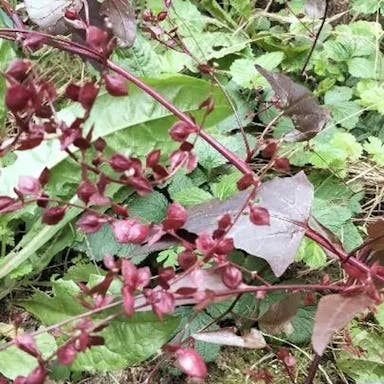Variegated spurge, also called Euphorbia characias 'Wulfenii', can be affected by some bugs and illnesses. Aphids are tiny bugs that harm the plant by eating its sap, making leaves become twisted and not grow well. To stop aphids, it's important to check the plant often and find pests early. Soap spray or oils that are safe for plants can control aphids.
Another bug, spider mites, also feeds on the sap of Variegated spurge. This causes leaves to turn yellow and look limp. Spraying the plant regularly with water helps stop spider mites. If they show up, soaps or pesticides for mites can be applied.
For diseases, powdery mildew is one Variegated spurge can get. Powdery mildew makes a white coating on leaves and stems. Good airflow around the plant and avoiding watering from above helps avoid powdery mildew. Fungicides can treat powdery mildew if needed.
Too much water or soil that doesn't drain well causes root rot, another disease for Variegated spurge. To stop root rot, ensure soil isn't soggy and only water when the top inch of soil feels dry. If root rot happens, the plant likely can't be saved and must be replaced.
In summary, Variegated spurge can be affected by pests like aphids and spider mites, and diseases such as powdery mildew and root rot. Checking often, proper watering, and controlling pests appropriately can prevent these problems.












